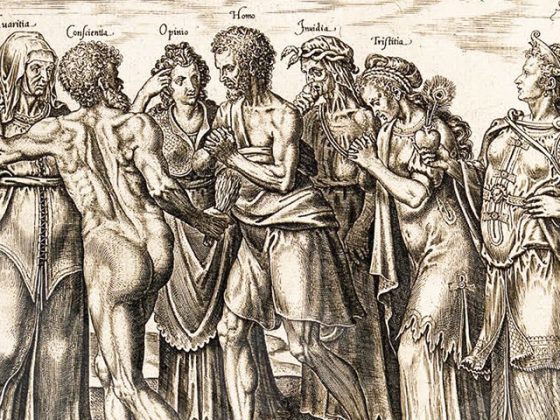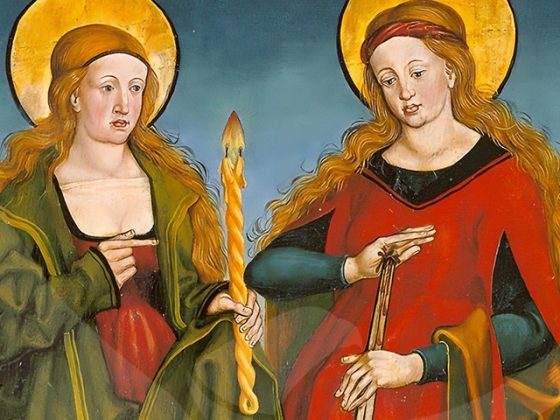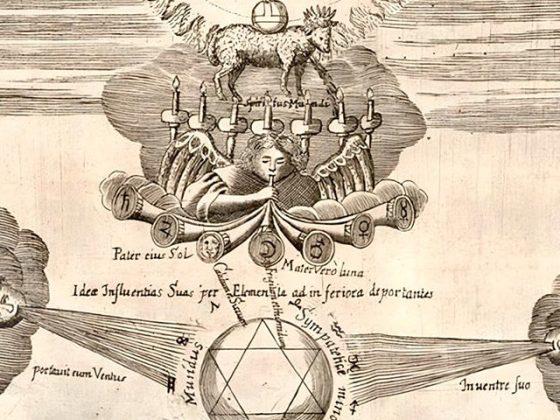Very dear readers: I want to show you, on this occasion, a very ancient sculpture that responds to the name of…
…GLYKON
It is an archaeological piece that is part of something that belongs to a cult that historians place in the time of Antoninus Pius. Such a cult was developed in Greece, Rome and Macedonia. This image came to be worshipped as Asclepios—the Master of Medicine we call Aesculapius. The curious thing about this piece is that, being serpentine, it has a sheep's head and human ears and hair.
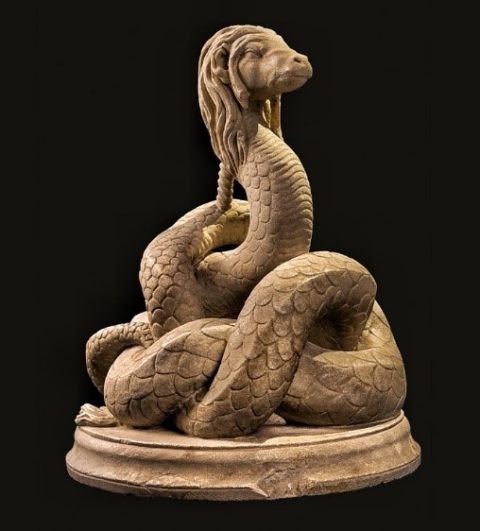
This sculpture has a dating that places it, approximately, between the second and third centuries after Christ. It was discovered in Tomis ─Constanta, Romania─, forming part of the divinities of the Roman pantheon along with other deities such as Cybele, Bacchus, Mercury, Diana, Selene, Hecate, Isis, the god Mithras, etc., etc. It is considered unique worldwide.
As you can see, the sculpture represents a coiled serpent with a sheep's head, human ears and hair, and its tail terminates in a lock of hair like the tail of lions. The spiraloid vertebrate stick that holds the head of the serpent in the back is very interesting.
Unquestionably, this sculpture is an image of the Sacred Serpent acting within man. That is why it has a tail that ends like that of lions, because it is fire itself.
Her sheep's head allegorizes that She, Devi-Kundalini, has nothing to do with beastly fire, so She is differentiated from goats.
Her human ears and hair indicate to us that such a divine creature is part of our psychophysical structure. Likewise, the vertebrae that we see and around which she herself coils, point to our spine, where the fires of God Mother ascend thanks to the effects of the practice of the sacred ARCANUM A.Z.F.
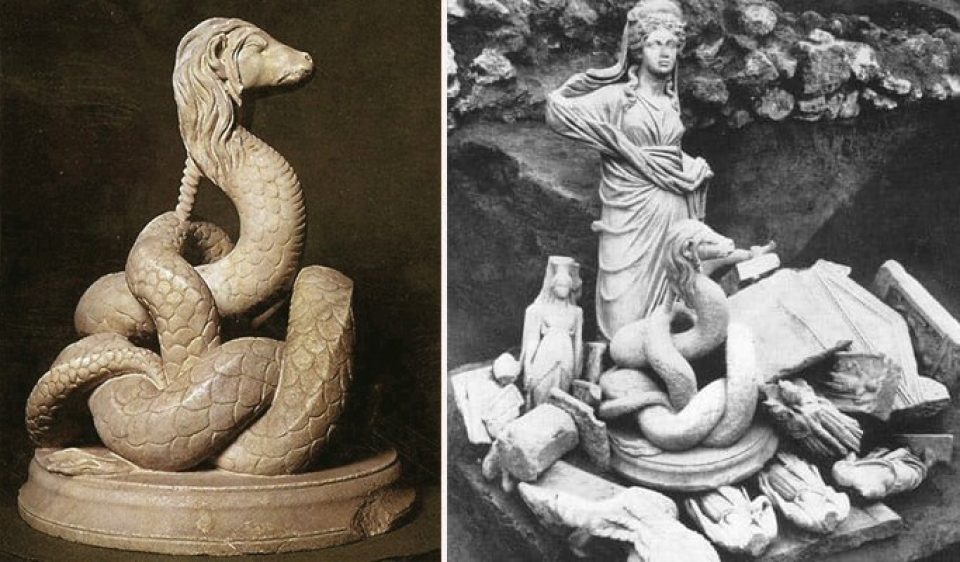
Interestingly, as a funny thing, the Glykon serpent is well known in Romania. Her image is printed in the center of the 10,000 lei bills since 1994, precisely the date from which Gnosis gained strength in this country.
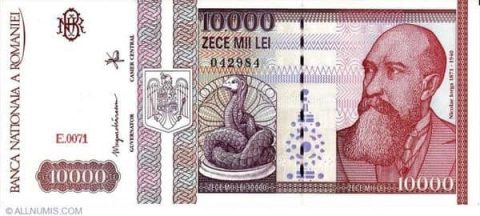
I leave you now a few sentences to be reflected:
“It is not enough to acquire science, it is also necessary to use it.”
Cicero
“The advantage of knowledge is to be able to choose the line of the greatest advantage instead of following the direction of the least effort.”
Bernard Shaw
“Man's heart is known by what he does and his wisdom by what he says.”
Ali-Ben-Abi-Taleb
“He who knows his own ignorance knows much.”
Confucius
SAPIENTI SAT.
─‘For the wise it is enough’─.
KWEN KHAN KHU


